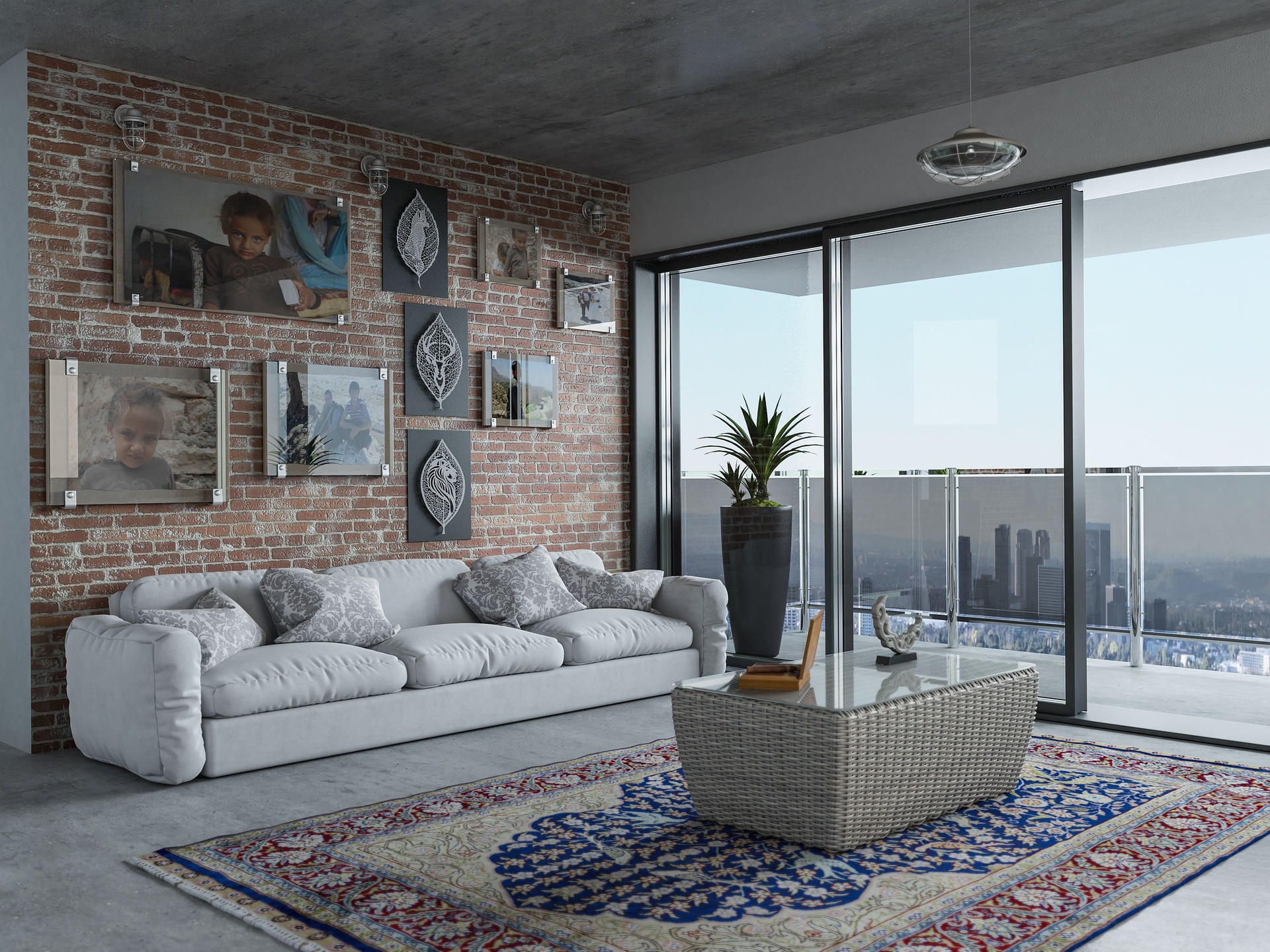About a year ago our industry was abuzz with an idea that seemed like a one-shot miracle cure for both the shockingly high rate of office vacancies and the worsening housing shortage. The seemingly simple idea of converting empty office buildings to multifamily residential seemed like an easy and elegant solution. However, in the intervening months we’ve seen only a handful of these conversions, despite near universal enthusiasm for the concept.
The reason for this is as architects and developers take a closer look at conversion candidates, they are finding that in many cases the project doesn’t pencil out financially. In fact, there are many cases where it’s a better investment to demolish the existing office building and rebuild multifamily residential in its place. Furthermore, many of the projects that developers have undertaken have been wrought with unforeseen complications. All this begs the question: Are these conversions even worth considering? Is this once spectacular idea nothing more than a commercial real estate Pandora’s box?
The answer, like the concept itself, is complicated. While it’s true that these projects can be difficult, there is simply too much benefit to abandon the idea altogether. There are office buildings for which a multifamily conversion is the perfect solution, and though it may seem like a daunting proposition to find the diamond in the rough, involving an AEC team early in the process can help protect your investment.
Usually, an AEC team is not contracted until after the purchase deal is done. By then, it’s already too late. The investment has been made and the developer is already saddled with the building and all its hidden issues and complications that can quickly exact a toll on ROI. Contracting an AEC team early in the deal-making process allows the developer to leverage the team’s expertise to spot costly issues and complications.
Similar to hiring an inspector before purchasing a home, it makes sense to bring an AEC team on board prior to purchasing an office building to convert to multifamily residential. The team can perform a forensic assessment of the building to spot a host of issues such as discrepancies between the building typologies including code issues, fire suppression routes, elevator speeds and quantities, and acoustical requirements. An AEC team can also help spot issues typical to any older building including non-energy compliant exterior glazing and wall assembly, code renovation requirements, and waterproofing issues on the building envelope and horizontal surfaces.
Once the inspection is completed, an AEC team can provide insight as to the cost and time required to remedy all these issues as well as which issues are fatal to a building’s potential as a multifamily asset. This insight coupled with an estimate of the cost of structural and MEP modification associated with repositioning can give developers a much clearer picture of a property’s true value saving them considerable headaches in the future when all of these issues are uncovered during demolition or construction when it’s far too late.
While some cost-conscious developers may not want to increase their upfront costs by contracting an AEC team so early, the benefits far outweigh any additional costs. An excellent example of this is an office-to-multifamily adaptive reuse feasibility study Nadel recently performed for a six-story, 115,000-sf office building in Santa Monica, Calif. Originally constructed in 1976, this building was especially likely to have many issues associated with older buildings in addition to the myriad of complications associated with adaptive reuse.
For example, three of these likely issues could include non-energy compliant exteriors, building structures that are not up to current codes, and waterproofing issues on the building envelope and horizontal surfaces. These issues, alone, could cost up to $2.5 million to correct in addition to other likely complications. The value of knowing about these costs before finalizing a deal on a building clearly far outweighs any potential additional costs of contracting an AEC team up front.
While office-to-multifamily adaptive reuse may not be the silver bullet the industry was hoping for, there are buildings for which adaptive reuse can still work. It is merely a question of tweaking the order of operations and enlisting the services of an AEC team prior to finalizing a deal to ensure that a building is a viable candidate and saving a lot of frustration and money in the process.
More from Author
Nadel Architecture + Planning | Sep 17, 2024
Thinking outside the big box (store)
For over a decade now, the talk of the mall industry has been largely focused on what developers can do to fill the voids left by a steady number of big box store closures. But what do you do when big box tenants stay put?
Nadel Architecture + Planning | Aug 15, 2024
The magic of L.A.’s Melrose Mile
Great streets are generally not initially curated or willed into being. Rather, they emerge organically from unintentional synergies of commercial, business, cultural and economic drivers. L.A.’s Melrose Avenue is a prime example.
Nadel Architecture + Planning | Mar 7, 2024
How shopping centers can foster strong community connections
In today's retail landscape, shopping centers are evolving beyond mere shopping destinations to become vibrant hubs of community life. Here are three strategies from Nadel Architecture + Planning for creating strong local connections.
Nadel Architecture + Planning | Feb 6, 2024
The future of grocery store design: It may be time for the checkout aisle to check out
For grocers, the checkout aisle is one of the greatest sources of customer complaints and shrink, which directly affects their bottom line.
Nadel Architecture + Planning | Nov 15, 2023
Should retail developers avoid high crime areas?
For retailers resolute to operating in high crime areas, design elements exist to mitigate losses and potentially deter criminal behavior.
Nadel Architecture + Planning | Sep 21, 2023
The benefits of strategic multifamily housing repositioning
With the rapid increase in new multifamily housing developments, owners of existing assets face increasing competition. As their assets age and the number of new developments increases seemingly day-by-day, developers will inevitably have to find a way to stay relevant.
Nadel Architecture + Planning | Aug 22, 2023
The mall of the future
There are three critical aspects of mall design that, through evolution, have proven to be instrumental in the staying power of a retail destination: parking, planning, and customer experience. This are crucial to the mall of the future.
Nadel Architecture + Planning | Jul 11, 2023
Converting downtown office into multifamily residential: Let’s stop and think about this
Is the office-to-residential conversion really what’s best for our downtowns from a cultural, urban, economic perspective? Or is this silver bullet really a poison pill?















